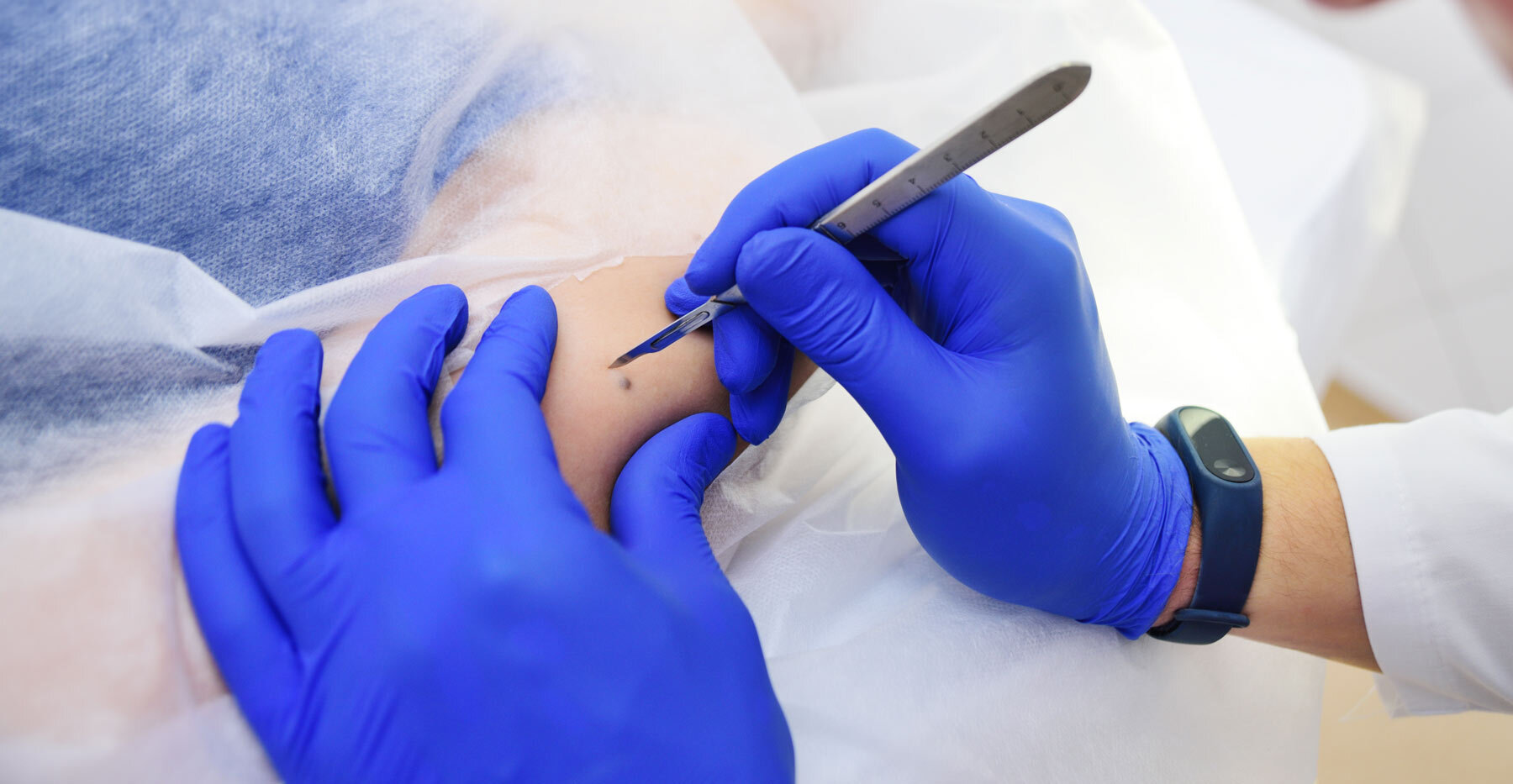
Mole Removal
Moles are very common and can occur anywhere on the body. The number of moles a person has depends on their genetic makeup and their sun-exposure history.
Most moles are benign however some may be atypical or even cancerous. One can think of moles as benign (just like a nice, law-abiding citizen), dysplastic (unethical but does not break the law) or cancerous (criminal who needs to be removed). The degree of atypia varies from being mild, moderate, or severe.
Sometimes benign moles (good guys) may become irritated and we still need to remove them. This can happen because of trauma, rubbing, other procedures, or simply because of the location.
There are other instances where the mole is totally fine but just aesthetically displeasing. In that instance we can still remove it but insurance will not cover it because it is considered a cosmetic concern.
The first step is to come in for a consultation and medical examination of the moles to make sure that they are benign and not malicious. We can also discuss options for removal including superficial shaving or a full excision.
We always send in the moles for analysis even if they clinically look benign. This is just to make sure the mole is benign at a microscopic level as well. We will also check on you after your mole is removed to ensure proper healing.
Wounds may take a while to fully heal depending on numerous factors including location, size, procedure type, and patient factors which includes health status, immunosuppression, smoking, sun-exposure, activity levels, among others. We suggest that you discuss any travel plans or special occasions (weddings, meetings, gatherings) with us so we can plan the procedure accordingly.
We strive to give you the best medical and aesthetic outcome so we ask that we work as a patient-provider team to do so!

